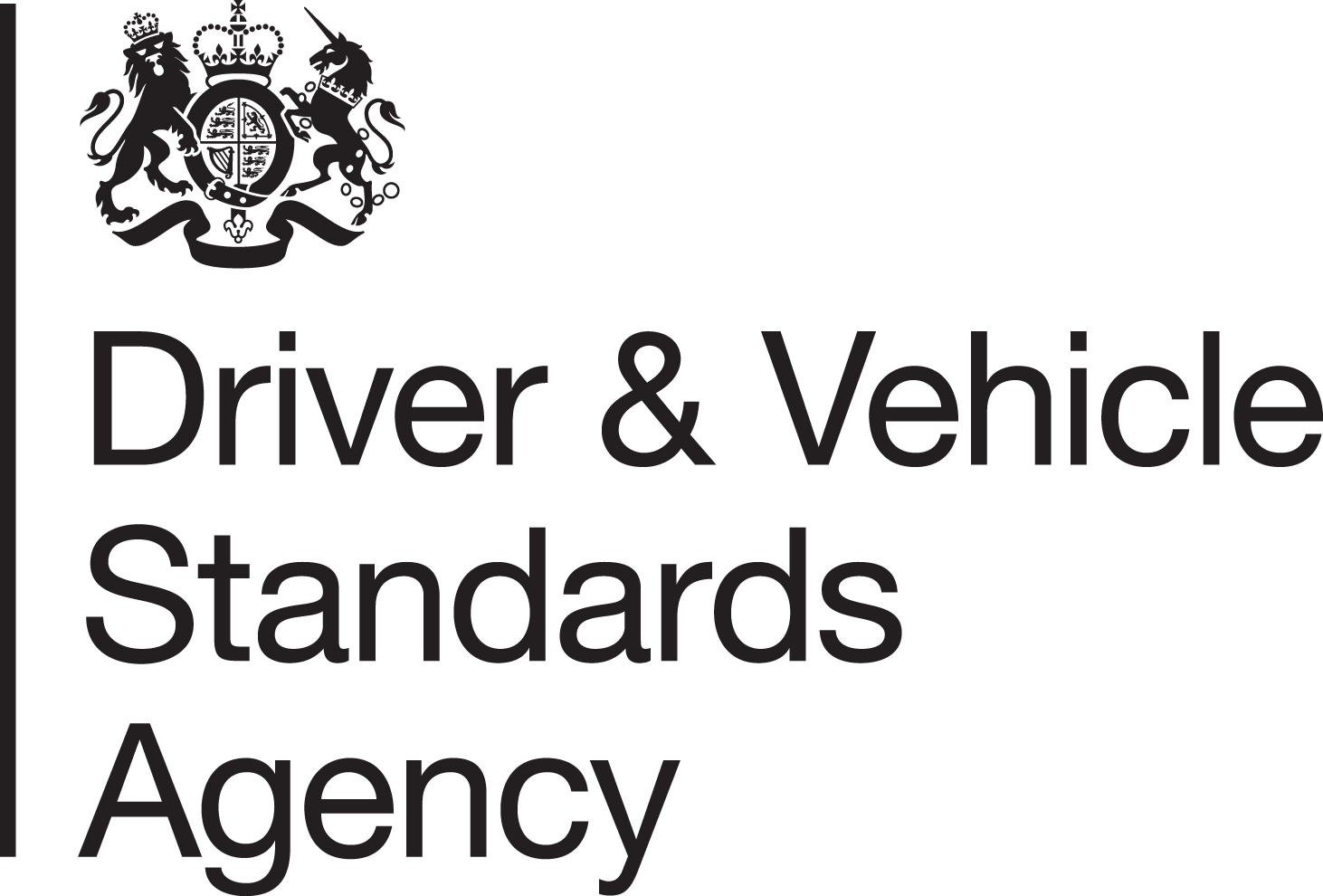Description
Objectives:
By the end of this course, participants will be able to:
Identify key safety responsibilities related to vehicle and load handling, including legal obligations and employer expectations.
Carry out essential pre-journey checks to ensure the vehicle is roadworthy, correctly loaded, and safe for use.
Understand the risks associated with poor load securing, overloading, and improper vehicle maintenance.
Recognise the consequences of unsafe driving behaviour, including distracted driving (e.g. mobile phone use), speeding, and driver fatigue.
Understand how to use mirrors and check blind spots effectively, especially in relation to vulnerable road users such as cyclists.
Interpret and respond to road signs, markings, and traffic management systems, including those related to low-emission zones, toll roads, and restricted areas.
Plan safer and more efficient routes using modern navigation and route-planning tools, while understanding their limitations.
Respond appropriately to emergencies or unexpected situations, including breakdowns, collisions, and adverse weather conditions.
Promote a culture of safety and responsibility in their professional driving practice.
Subject Areas
- Loading/Unloading (LGV)
- Legislation (Hours/WTD/Regs)
- Legislation for Carriage of Goods
- Health, Safety & Emergencies
- Physical/Mental Health & Wellbeing
